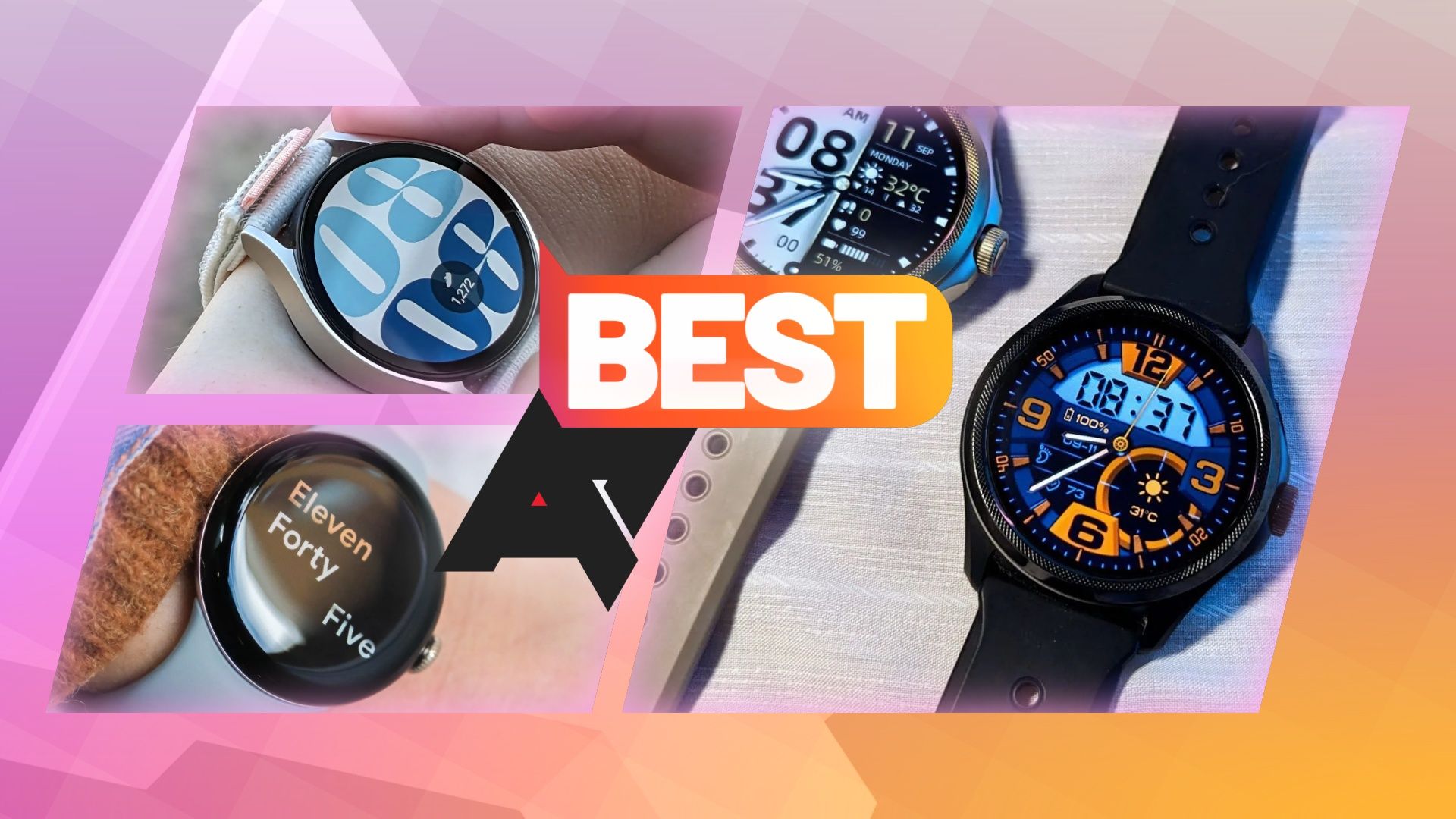Earlier this year, the Fossil Group announced that it was exiting the smartwatch space. The news hardly came as a surprise. It had been more than three years since the company’s latest model, the Gen 6, launched, and rumors had been swirling for months that it was looking to fold up shop. There was talk that it had been waiting for a new Qualcomm Snapdragon Chipset that never made it to market, but the truth is, it simply became unsustainable for a leather goods manufacturer to compete in a category dominated by tech giants that had endless resources and massive ecosystems with built-in user bases.
Nevertheless, you can’t say that Fossil didn’t leave its mark on the wearables category. There was a while there when it felt like the company was essentially carrying Wear OS—long before Samsung and Google planted their flags. Its first release, the Q Founder, launched in late 2015. It was, of course, called Android Wear back then, and there were few other notable brands using the software in their watches. The Fossil Group wound up releasing a dozen or so Wear OS models during its 6-year tenure, and with that run now confirmed to be over; we wanted to pay tribute by highlighting some of our favorite entries. Here are the three best Fossil Wear OS smartwatches ever made.
Fossil Sport Smartwatch
Perhaps the first-ever consensus ‘best Wear OS’ watch
The Fossil Sport was actually a variant of the company’s 4th generation Q smartwatch, alongside the Venture HR and Explorist HR. It launched in late 2018 with the Qualcomm 3100 processor (considered cutting edge at the time), a 390ppi touch display, and 4GB of storage. It also had a rotating crown with two mechanical buttons, built-in NFC for Google Pay purchases, and a custom wireless charger that could charge the watch 80% in as little as an hour. It also had Google Fit for tracking your workouts, a built-in heart rate sensor, and enough water-resistance that you could take it for a swim.
On paper, the Sport might look amazing, but its list of features doesn’t necessarily tell the whole story. A lot of this technology was still fairly new back then, and so you had a combination of awkward UI and UX elements and clunky performance. There also wasn’t a ton of competition at the time, particularly in the Wear OS arena, which was full of offerings from the likes of LG and Casio, who have coincidentally also given up on smartwatches. But being considered the best ‘bad option’ still technically means you are the best, and that’s how we are choosing to remember the Fossil Sport.
Fossil Gen 5 Smartwatch
Stylish and capable
It’s more of the same with the Fossil Carlyle, a variant of the Gen 5 smartwatch and successor to the Gen 4 Sport. In a world full of chunky, clunky wearables, the Carlyle offered an option that was comfortable, good-looking, and capable enough that you didn’t mind wearing it on a daily basis. It popped up on the scene in the summer of 2019, sporting a 1.3-inch AMOLED screen, a slightly improved Snapdragon processor, and double the RAM. That last bit, boosting the RAM from 512MB to 1GB, actually made a significant difference in the Gen 5’s performance, decreasing app load times and increasing the smoothness of most interactions.
Other Gen 5 features included a built-in speaker, which not only allowed you to field phone calls but also let you hear audible responses from Google Assistant queries, as well as extreme battery-saving measures. The watch had various modes you could choose from, such as Daily, Extended, and Time Only, which would restrict how and where it spent its power resources. It didn’t make a huge difference—you were still lucky to get a day and a half of battery life, but this helps give you an idea of where the Gen 5 was at the time. It wasn’t competing with the Apple Watch or Samsung’s Tizen watches for the ‘best smartwatch’ title, but it was certainly in the mix for Wear OS models.
Fossil Gen 6 Smartwatch
Good, but not good enough to fend off the competition
Now that we know that this was Fossil’s final smartwatch release, looking back at the Gen 6 can feel like a bit of a letdown. You would think a company’s last hoorah in a space like this would see it throwing everything it possibly could at the project, but that just wasn’t the case here. The watch featured some nice performance improvements, as well as new heart rate and SpO2 sensors, but there wasn’t anything exciting enough to fend off the whales. Weeks before the Gen 6 launched in the fall of 2021, Samsung released the Galaxy Watch 4 with Wear OS 4.0, and Google followed suit in 2022 with the Pixel Watch.
This doesn’t mean the Gen 6 doesn’t deserve at least some flowers, though. In addition to the aforementioned health sensor upgrades, Fossil also improved its performance, courtesy of the Qualcomm Snapdragon 4100 Plus, and sped up its charging time. In our review, we found the watch only took 30 minutes to go from 0% to 80%—a feat that still sounds impressive nearly three years later. And finally, we would be remiss to not mention the excellent build quality of the Gen 6. It, like most of Fossil’s smartwatches, featured a stainless steel body that had a fit and finish above the rest. This would probably be par for the course today, but 4–5 years ago, few, if any, companies were making wearables using these standards.
What will Fossil will do next?
In 2003, Fossil released the Wrist PDA, a wearable PDA device that featured a 160 x 160 greyscale display, 8MB of RAM, and a read-only version of Palm OS. It had handwriting recognition, a tiny stylus that you could store in the watch clasp, and an IRDA transmitter that allowed you to use it as a TV remote. It didn’t break any sales records, but it was dubbed “revolutionary” by the tech media, and proved to be several years ahead of its time.
There is clearly something magical in the company’s DNA that gives a fashion accessory designer from Richardson, Texas, the audacity to think it could go head-to-head with Silicon Valley tech giants in a space like mobile computing. While this certainly looks like the end of Fossil’s current smartwatch run, here’s hoping this isn’t the last time we get to see that magic materialize.





